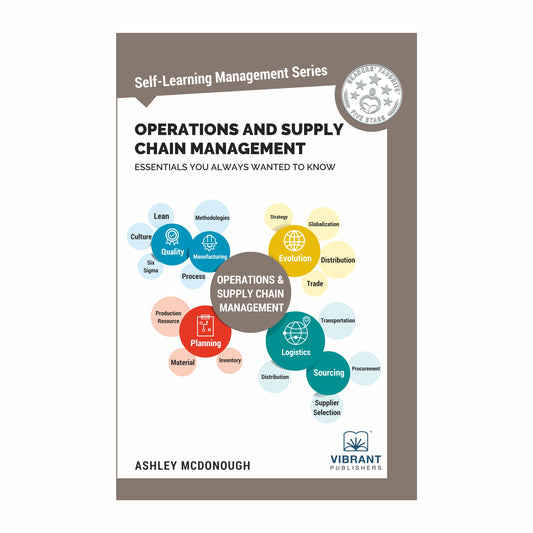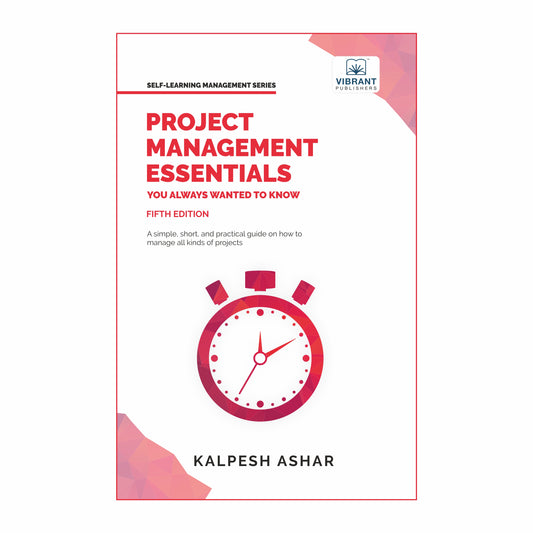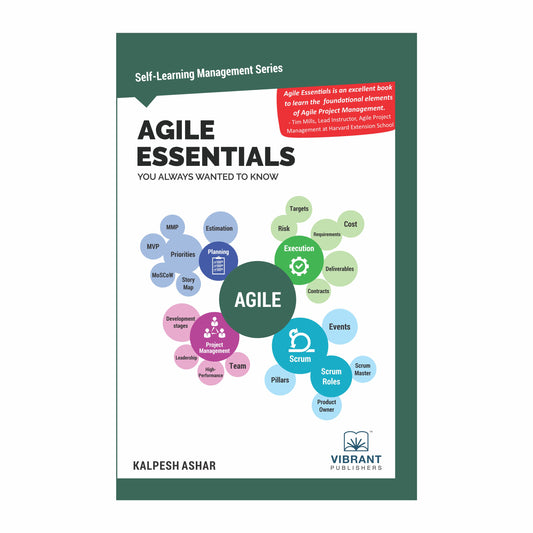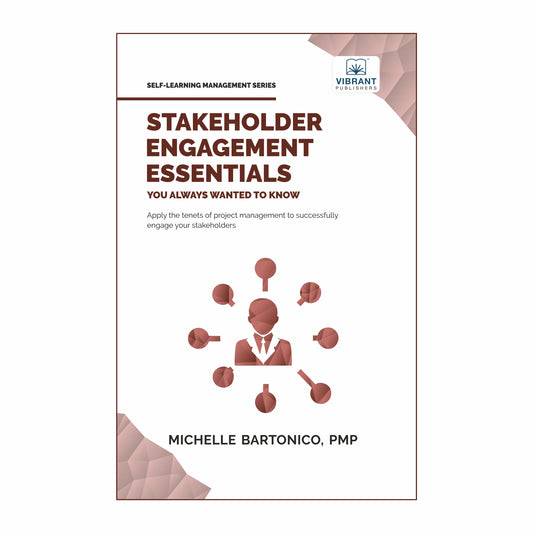Every project is started with the intention of meeting certain objectives. When the Project Manager along with the respective team applies his or her knowledge, skills or tools and techniques to manage a project in order to achieve those objectives, it is known as Project Management.
For the project to be successful, it has to go through five project management phases. It starts with Initiation, followed by Planning, Execution, Monitoring & Control and Closure. Monitoring & Control, in parallel with the other phases, helps monitor the particular phase and take appropriate control action, called corrective or preventive action.
The phases may not always happen one after the other. There is certain degree of overlap between the phases. Monitoring & Control is a phase that starts almost in the beginning of the project and goes almost till the end of the project. Execution phase is generally the one that takes most amount of time and consumes most amount of resources and hence, incurs most of the project budget.
Phase 1: Project Initiation:
As the name says this is the start of the project. The goal of this phase is to define the scope of the project at the broad level. It usually begins with a business case. During this phase you will be researching about the project – whether this project is feasible or it should be undertaken or not? Stakeholders will be giving their say whether this project is a go-to or not. If the stakeholders are convinced then the project charter will be given to you which will include business needs, stakeholders and the business case.
Phase 2: Project Planning:
The focus of this phase is to develop a roadmap for developing the project. This phase is key to successful project management. This phase commences with setting goals. S.M.A.R.T. and C.L.E.A.R. are the two popular methods for setting goals.
C.L.E.A.R. Goals:
This method ensures that the goals have been thoroughly vetted.
-
Specific: Ask yourself the following questions: Who, What, Where, When, Which and Why.
-
Measurable: Some criteria should be developed in order to measure the success of the goal.
-
Attainable: Set priority and identify the most important goals, and then proceed accordingly
-
Realistic: The goals set must be realistic and achievable.
-
Timely: A proper time-frame should be created in order to achieve the goal.
S.M.A.R.T. Goals:
A method developed while taking today’s fast paced businesses into consideration
-
Collaborative: The defined goal should inspire all the employees to work together
-
Limited: The scope should be limited as well as manageable
-
Emotional: The defined goal should tap into the passion of the respected employees. This helps in optimizing the quality of the work.
-
Appreciable: The defined goal should be divided into smaller tasks so that it can be achieved quickly.
-
Refinable: The scope of the project should be flexible. Therefore, in the different situations’ goals can easily be refined.
In this phase, the scope of the project is defined and a project management plan is already developed. It involves identifying the cost, quality, available resources, and a realistic approach to achieve the respective tasks. In this phase following documents are required to be created by the Project Manager:
Scope Statement: Defining the business needs, benefits of the project, objectives, deliverables, and milestones.
Work Breakdown Schedule: Visual representation of the different tasks assigned to the various team members.
Milestones: Defining the high-level goals that need to be met throughout the project.
Gantt Chart: A timeline that can be used to visualize the project timeline.
Communication Plan: A proper communication plan in order to communicate with the team members, stakeholders, and other respected authorities.
Risk Management Plan: Identify all the foreseeable risks. Example: unrealistic time and cost estimates, customer review cycle, budget cuts, changing requirements, etc.
Phase 3: Project Execution
As already discussed above this phase is the longest one in the project development cycle. During this phase deliverables are developed and completed. A lot happens during this phase such as status reports, meetings, development updates and performance reports. Some of the tasks completed during this phase:Develop Team
Assign Resources
Execute Project Management Plans
Set up tracking systems, etc.
Phase 4: Project Performance / Monitoring
This phase is all about managing project progression and ensuring that everything happening aligns with the project management plan. Project Managers will be using the KPIs (Key Project Indicators) in order to determine whether the project is on track or not.
Phase 5: Project Closure
This phase represents the completion of the project. Meetings are hold in order to evaluate project failures, etc. This is especially helpful to understand lessons learned so that improvements can be made for the future projects.
The above text is an excerpt from Kalpesh Ashar’s book, Project Management Essentials You Always Wanted to Know.
Read more about Project Management and its different phases in Project Management Essentials You Always Wanted to Know, by Vibrant Publishers.





